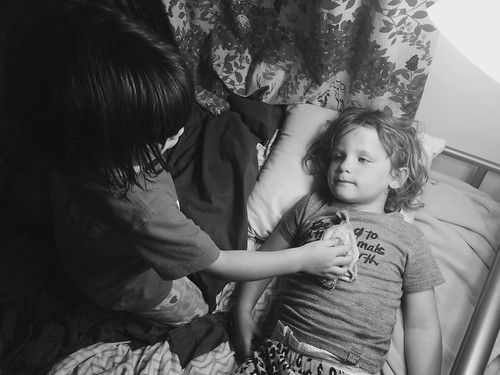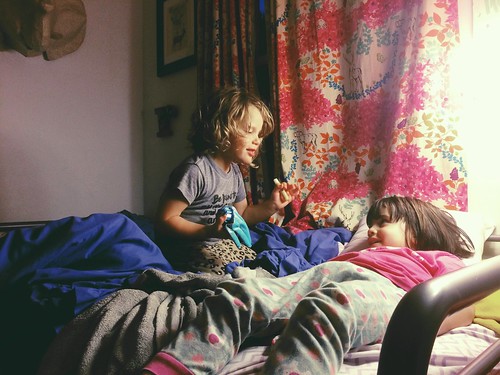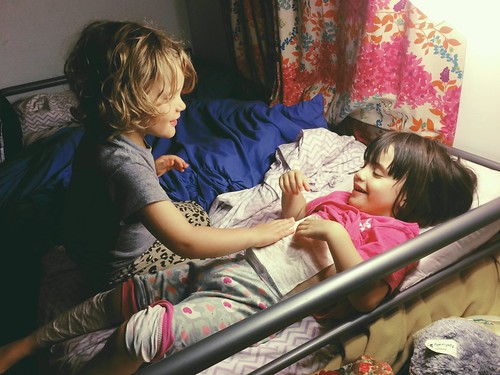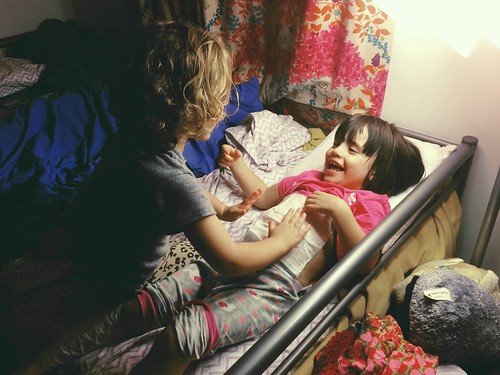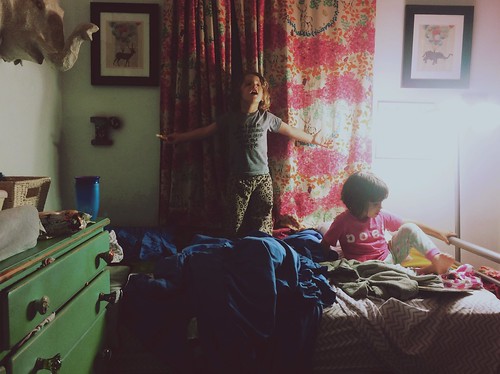The following post is my contribution to ONE's Electrify Africa's #LightforLight Blog Relay. You can read more about what we're doing, here.
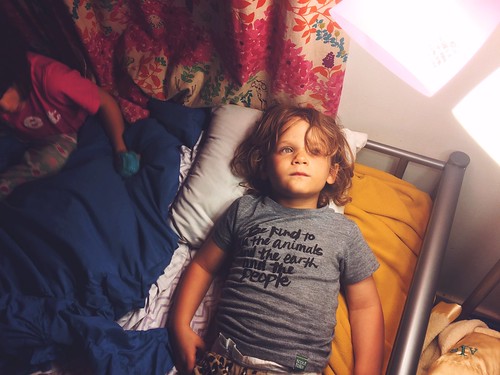
"Now it's your turn, Bobo. You be Dr. Girlman. I be Queen Isla."
And so it was.
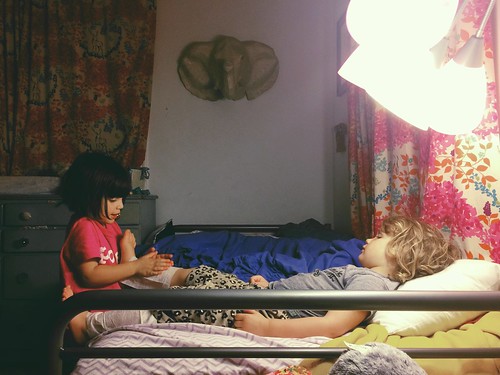
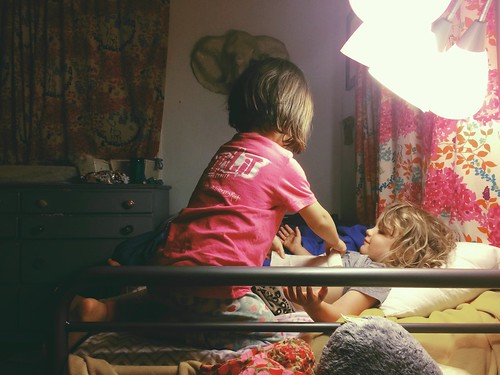
ED: It is a total coincidence that Revi is wearing her Get Lit shirt in this photo -- a non-profit that I was introduced to through ONE's AYA summit and whose mission is to LIGHT a fire in the hearts of storytellers and equip all voices with the tools to speak up and out. LIGHT is what moves. And heals. And reveals.
Let there be light, we pray.
You light up my life, we confess to the ones we adore.
For your thoughts:
- 7 out of 10 people living in sub-Saharan Africa don't have access to electricity.
- 30% of health centers and over a third of primary schools in Africa have to function with no electricity at all.
- 8 out of 10 people in sub-Saharan Africa heat their homes and cook food using open fires. Inhalation of the smoke and fumes produced from burning traditional fuels results in over four million deaths per year, mainly among women and children. (More deaths than from malaria and HIV-AIDS combined)
- Nearly half of African business state that lack of access to reliable power affects their operations and growth.
With a third of all health centers and primary schools lacking any access to electricity, that means that 90 million students and 255 million patients are left being educated and receiving health care from places that have no power. Of refrigerators used in health clinics in Africa, 60% have unreliable electricity, compromising the safe storage of vaccines and medicines. Hospitals are sometimes forced to operate with no lighting or power for equipment, putting people’s lives at serious risk. Children without domestic lighting struggle to do their homework in the evening, which can hold back their education and ability to fulfill their potential.
Countries with electrification rates of less than 80% of the population consistently suffer from reduced GDP per capita. Without access to reliable electricity from the grid, many businesses must run diesel generators to keep their operations functioning. Pulling energy from a generator costs somewhere between three and six times what electricity from the grid costs world-wide. Businesses cannot grow, neither can new jobs be created or critical services provided, without affordable and reliable access to lighting and power.
In 37 sub-Saharan African countries the number of people without electricity has increased since 2000. This is because population rates are growing faster than electrification strategies. Unless we actively takes steps to address this, almost 645 million people in sub-Saharan Africa will still not have electricity in 2030, that’s nearly half of the projected population.
This is where you come in. It is our goal, this month, to gather as many petitions as possible in order to bring electricity to 50 million children, women and men. So, please join us in signing the petition in support of Electrify Africa, here or in the form below:
You can also join us in raising awareness by sharing your light-filled images on Instagram, Facebook and Twitter with hashtags #lightforlight and #electrifyafrica. And please check out some of the incredible posts in our #lightforlight relay, including Jane Maynard's post, which will be live on her blog tomorrow.
Electrify Africa by Karen Walrond
Turn on the Lights by: Laurie White
There is Light by: Heather Barmore
Light for Light by Tracey Clark
Light is Life by Elizabeth Atalay.
GGC

